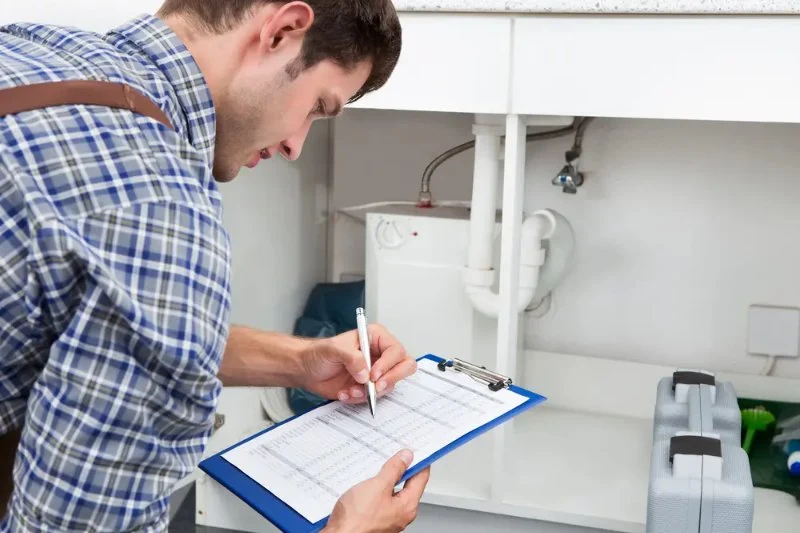
What to Check During a Home Plumbing Walkthrough
- 1. Understanding the Purpose of a Plumbing Walkthrough
- 2. Essential Areas to Inspect in Your Home
- 3. Common Warning Signs of Plumbing Problems
- 4. Tools and Tips for Effective Checks
- 5. When to Call a Professional Plumber
- 6. Maintenance Recommendations for Homeowners
1. Understanding the Purpose of a Plumbing Walkthrough
A home plumbing walkthrough is an essential part of maintaining a safe and efficient household. Whether you’ve just purchased a home or you’re conducting a seasonal inspection, walking through your plumbing system helps identify leaks, blockages, or potential damage before they turn into costly repairs. Regular inspections not only save you money but also help preserve your home’s value and prevent water-related structural damage.Many homeowners underestimate the complexity of their plumbing system. From water supply lines and faucets to drains and sewer connections, a detailed plumbing walkthrough ensures every component functions properly. Platforms like 【Plumbers Supply Hub】 can help you find the right tools and supplies to conduct a professional-grade inspection from home.
2. Essential Areas to Inspect in Your Home
During your plumbing walkthrough, pay close attention to the most vulnerable and high-use areas in your home. Here’s a breakdown of key inspection zones:Kitchen Plumbing
Check the pipes under your sink for leaks, corrosion, or moisture buildup. Run your faucet and ensure both hot and cold water are flowing properly. Test the garbage disposal and make sure it’s operating smoothly without strange noises or odors.Bathroom Fixtures
Inspect toilets, faucets, and showerheads for leaks, drips, and proper water pressure. Slow drainage in sinks or tubs may indicate partial clogs in your plumbing system. Don’t forget to examine the caulking and seals around tubs and sinks to prevent water intrusion.Basement and Utility Areas
Your basement or utility room often houses water heaters, sump pumps, and main water lines. Look for rust, condensation, or puddles near these systems. Ensure that your water heater is functioning efficiently, and inspect the temperature and pressure relief valve for safety.Outdoor Plumbing
Garden hoses, spigots, and sprinkler systems should also be part of your inspection. In colder climates, make sure outdoor pipes are insulated to prevent freezing during the winter.3. Common Warning Signs of Plumbing Problems
Knowing what to look for can help you catch problems early. Here are some signs that indicate your plumbing system might need attention:- Low Water Pressure: Often caused by mineral buildup or pipe leaks.
- Unusual Odors: A sewage smell could mean a problem with your venting system or drain traps.
- Slow Drains: Usually a sign of clogs or buildup in the pipes.
- Water Stains: Yellow or brown spots on walls and ceilings may indicate hidden leaks.
- Increased Water Bills: A sudden spike can point to an undetected leak somewhere in your system.
Real-life case: A homeowner in Chicago noticed rising water bills and minor damp spots near the baseboards. A detailed plumbing walkthrough revealed a hidden leak behind a wall — catching it early saved thousands in potential repair costs.
4. Tools and Tips for Effective Checks
A successful home plumbing walkthrough requires a few basic tools:- Flashlight for inspecting dark areas.
- Adjustable wrench for tightening or checking connections.
- Moisture meter to detect hidden leaks.
- Drain snake or plunger for testing drainage systems.
Use a systematic approach — move room by room, take notes, and document issues with photos. This helps you stay organized and makes it easier to communicate problems to a plumber if needed.
5. When to Call a Professional Plumber
While many plumbing checks can be done by homeowners, some issues require professional expertise. If you notice persistent leaks, foul smells, or noisy pipes, it’s best to consult a licensed plumber. Professionals can perform advanced diagnostics such as video pipe inspections and pressure testing to detect hidden issues.For reliable tools, replacement parts, and referrals to trusted professionals, you can explore recommendations from 【Plumbers Supply Hub】, which connects homeowners with certified plumbing services and quality supplies.
6. Maintenance Recommendations for Homeowners
Preventive maintenance is the key to avoiding plumbing disasters. Schedule a plumbing walkthrough every six months, especially before winter and after heavy storms. Regularly clean drains, flush your water heater, and check your water pressure.With proper attention and the right tools, homeowners can extend the lifespan of their plumbing systems, save money, and prevent emergencies. By following these steps, you can ensure your home remains comfortable, safe, and efficient year-round.

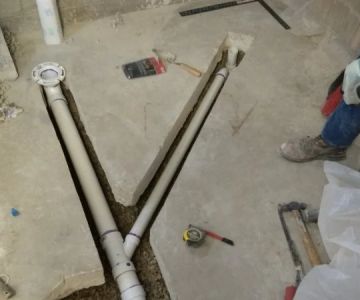





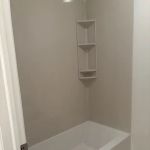 Ackerman Plumbing5.0 (109 reviews)
Ackerman Plumbing5.0 (109 reviews) J C Dillon Plumbing3.0 (50 reviews)
J C Dillon Plumbing3.0 (50 reviews) Scenic City Plumbing4.0 (616 reviews)
Scenic City Plumbing4.0 (616 reviews) Mr. Rooter Plumbing of Wausau4.0 (164 reviews)
Mr. Rooter Plumbing of Wausau4.0 (164 reviews)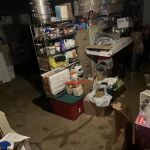 Nelson Bros. Sewer & Plumbing4.0 (1617 reviews)
Nelson Bros. Sewer & Plumbing4.0 (1617 reviews)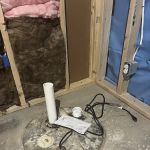 Preferred Plumbing & Heating4.0 (75 reviews)
Preferred Plumbing & Heating4.0 (75 reviews)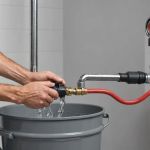 How to Safely Drain a Water Heater Before Moving
How to Safely Drain a Water Heater Before Moving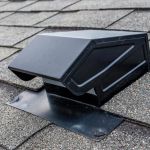 How to Replace a Plumbing Vent Cap on the Roof | Plumbers Supply Hub
How to Replace a Plumbing Vent Cap on the Roof | Plumbers Supply Hub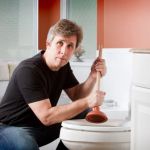 How to Prevent and Fix Toilet Clogs | Expert Solutions
How to Prevent and Fix Toilet Clogs | Expert Solutions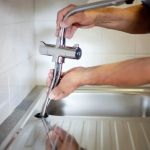 How to Replace a Kitchen Faucet in 10 Steps – A Simple Guide for Homeowners
How to Replace a Kitchen Faucet in 10 Steps – A Simple Guide for Homeowners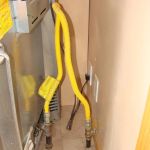 How to Replace a Fuel Line in a Gas Appliance
How to Replace a Fuel Line in a Gas Appliance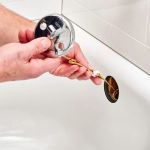 How to Repair a Broken Overflow Pipe in Tub - Step-by-Step Guide
How to Repair a Broken Overflow Pipe in Tub - Step-by-Step Guide